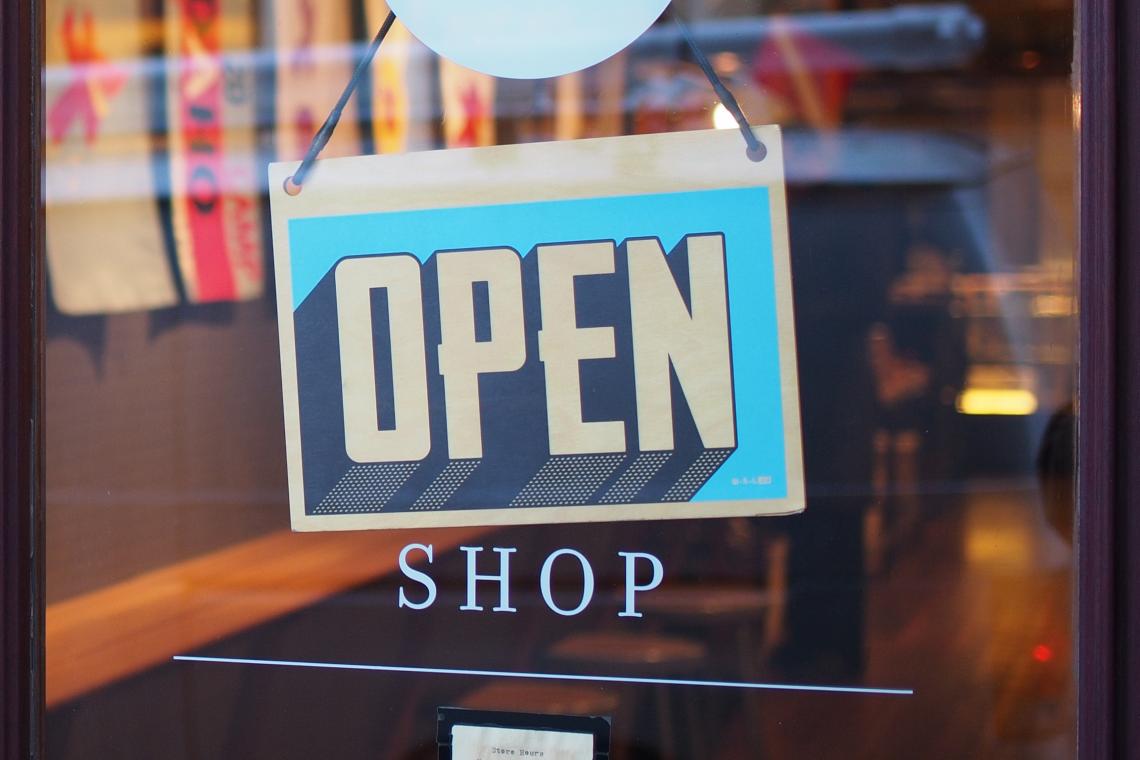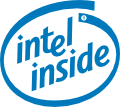As the SMRT1 Team and I get ready for the BC Tech Summit next week; I think about all of the people who will come to our booth to see the Brain STEM Toolbox in action. The Summit will attract the Vending Operators, students, teachers, investors and creators of all stripes. All of them will have a common business problem they need to solve which is “How do I get the things people want and need into their hands without asking them to travel to a permanent store?”
While online shopping answers that question to a degree, it’s still often lacking in two areas: the support the customer gets in deciding what to buy and the ability to put the product in the customers’ hands immediately. Big stores are closing left right and centre. We’re “over-malled” and walking around the local shopping centre is no longer a form of entertainment. While many blame online shopping as the reason for the retail-apocalypse, e-commerce still only represents 9% of total retail sales in 2017 and that number is predicted to be 12.4% by 2020 according to statistica.com. Most of this is driven by Amazon’s growth but the fact is that 88% to 91% of sales for the next few years will happen offline.
Retailers must be nimble and offer physical retailing that intercepts the customer in their natural environment as they go about their day.
Enter the pop-up retail experience.
Pop-up retail or flash retailing is defined as opening a store in a new and temporary location. The average pop-up retail store is open 3 – 6 months and it’s estimated to now be a $50 Billion industry. Retailers often see a double-digit lift in sales for the pop-up store versus a permanent location. It’s smart to do this because people love shiny new things to try and if they know it’s going to go away soon – they buy now and don’t hesitate for fear of losing the chance. Big brands can and do use this strategy effectively but for the smaller, niche market, there’s a problem:
Even a pop-up store is expensive to launch.
There’s rent, fixtures, utilities, supplies and staff. Finding a great location can be an issue as those landlords often aren’t keen to have short-term leases. Once the pop-up store is closed, you have to do it all over again somewhere else with additional costs and probably new staff because you had to let the ones you hired last time go between pop-ups. Nirvana would be to have a store that ran itself, offered a great customer experience and then would pick up and move to a new location when the time comes.
The Brain STEM Toolbox with its interactive touch screen, machine learning and diverse payment options is the perfect low-cost pop-up retail experience.
It’s Vending Bliss.
Vending machines were the original pop-up retailing experience. It’s an idea ahead of its time. In fact – in the 1st century A.D., the Hero of Alexandria designed the first vending machine. It dispensed holy water after a coin was inserted so people wouldn’t steal more than their allotment. I feel a kinship with the Hero of Alexandria because he was a maker and an engineer known for advancing the field of pneumatics which is the science behind gases and how they behave at different temperatures. He loved science, had a big bushy beard – respect! He also loved vending machines. So do I.
The Brain STEM Toolbox is a vending machine that’s smart. It can display the product beautifully and interact with the customer to help them choose and connect to more information while they shop. That information can be customized to any product or retailing situation. It uses machine learning which means it takes data from the sales process to get better as time goes on. This means you don’t have to upgrade the machine to improve the process – it happens naturally. You can test new markets, expand your customer base and then easily move the machine to other locations as you need to. Come and see the Brain STEM Toolbox at the Summit or click here if you want to chat with us about making one for you.
Brad



